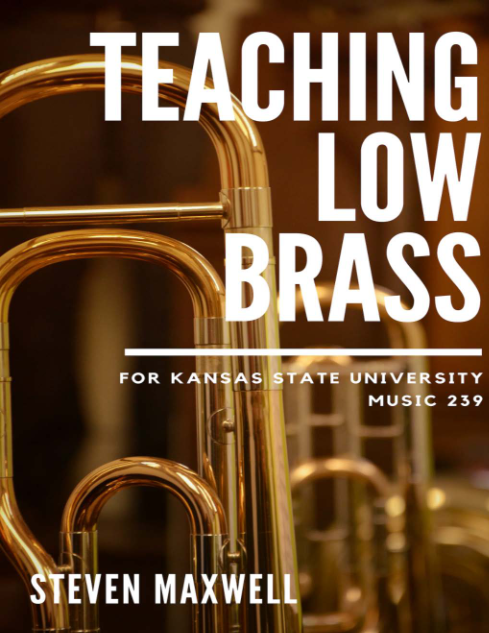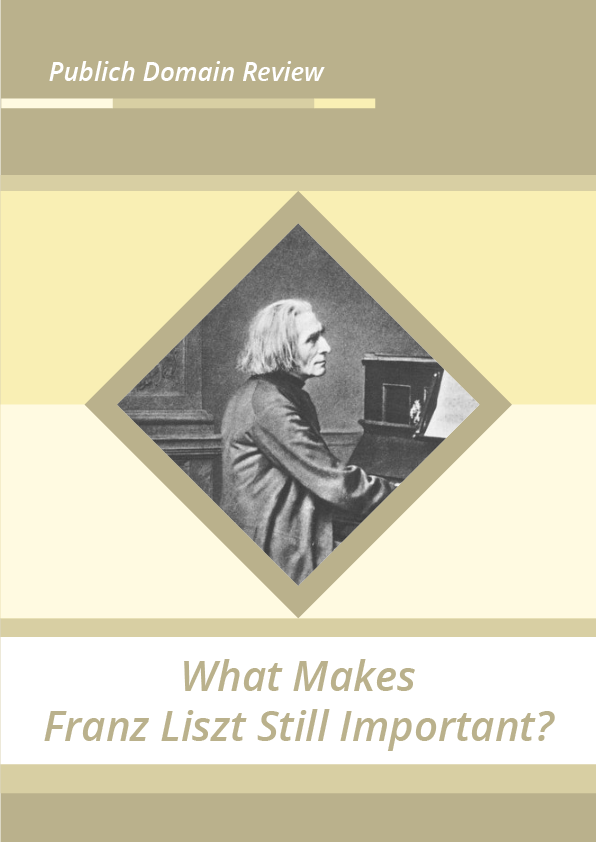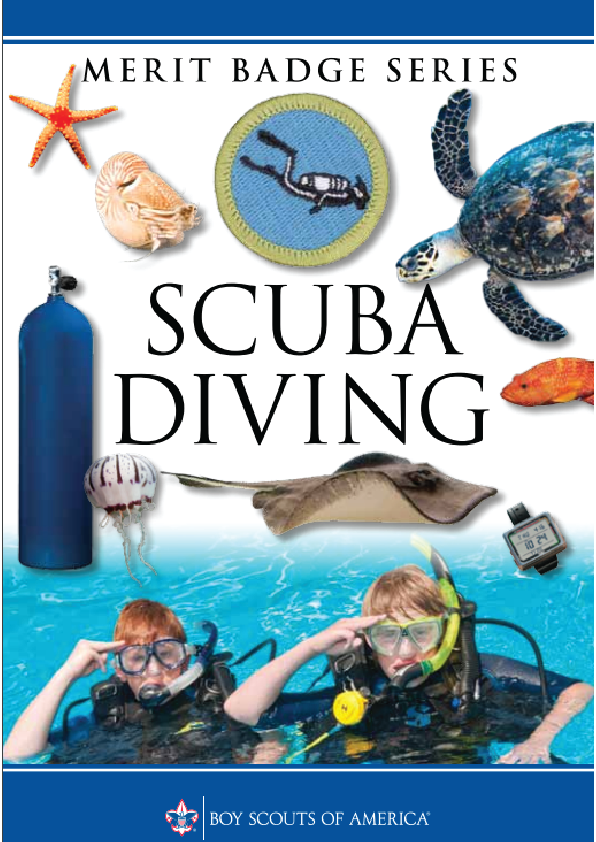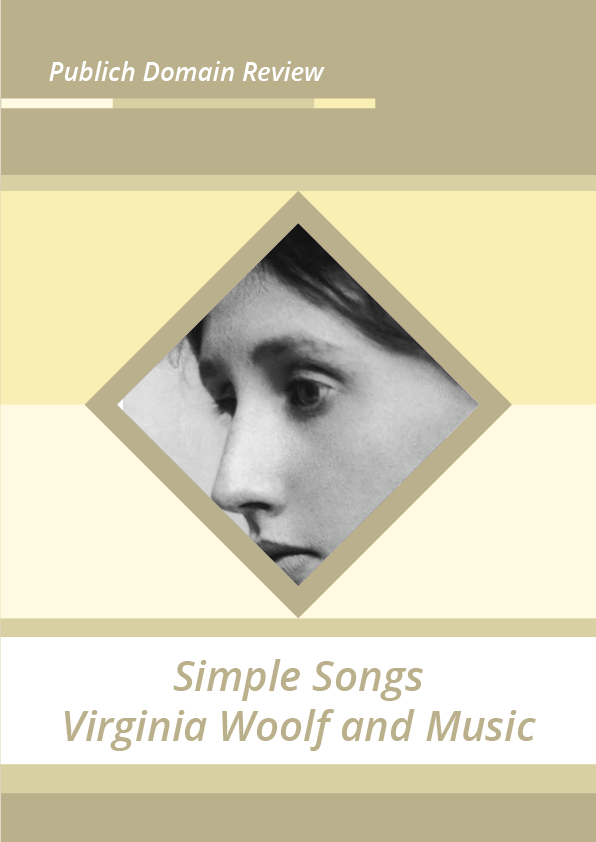Brass History
It is important to understand the history of brass instruments as an educator for a few reasons. First, you will become the expert on all things music and particularly wind instruments. Students will come to you with questions and it is important for you to understand the history of wind instruments. Second, the history of an instrument will help you to understand the role historically for the instrument and how it functions in the modern wind ensemble today. Third, learning the history assists us with understanding the technical and physical limitations and advantages of the instrument. Finally, knowing the history of an instrument helps us to understand the literature that is available for the instrument.
Much of this chapter will be information taken from an article titled Brass Instrument and Music in Antiquity and the Renaissance, by David Wilkin. Direct selections will be indented and italicized.
Here is an early look at brass instruments:
Brass instruments have been around for a long time. Some of the earliest examples of brass instruments were straight trumpets made of wood, bronze, and silver, such as the salpinx found in Greece, and the Roman tuba, lituus, and buccina. Other early brass instruments were horns made of bronze or animal horns. The Scandinavian lur was one such instrument, as was the Roman, cornu. The shofar is an ancient Hebrew brass instrument made of a ram’s horn, which is still used in Jewish ceremonies today.
During the Renaissance brass instruments began to develop that resemble the modern instruments in use today. Around 1400-1413 the earliest known S-shaped trumpet was developed, which was later followed by the folded trumpet and slide trumpet. It was out of the slide trumpet that the trombone developed around 1450. This new instrument, referred to as a sackbut, was a vast improvement over the awkward to play slide trumpet. Instrument designers developed a system of connected double tubes, which reduced the distance the slide needed to move between notes, and therefore improved the musician’s performance technique. Improved slide design also allowed a practical tenor range instrument, which has become the most common instrument of the trombone family today.
Also, during this time, around 1500, large European courts would maintain corps of trumpeters used for heralding. These early trumpet ensembles eventually progressed to include five-part music, but there was little harmonic variety. Players tended to specialize in either the high range or low range. The horn had yet to develop into an instrument for musical purposes yet, although curved and helical horns were commonly used for hunting. In 1597 Italian composer Giovanni Gabrieli, then the organist at Saith Mark’s Cathedral in Venice, composed the earliest known piece to call for specific brass instruments, Sonate pian’forte.i











